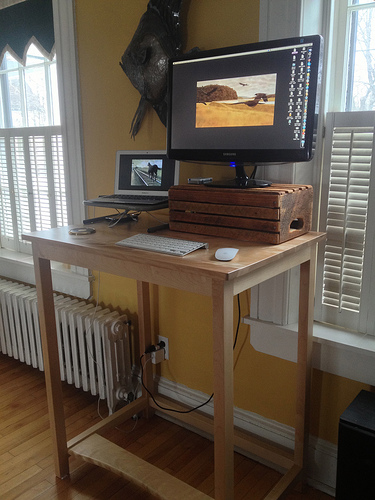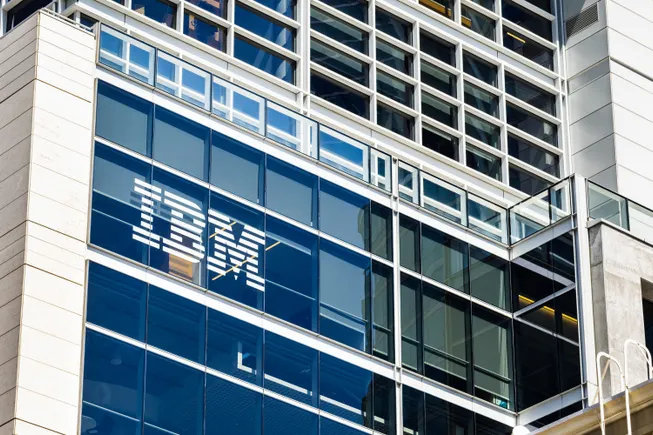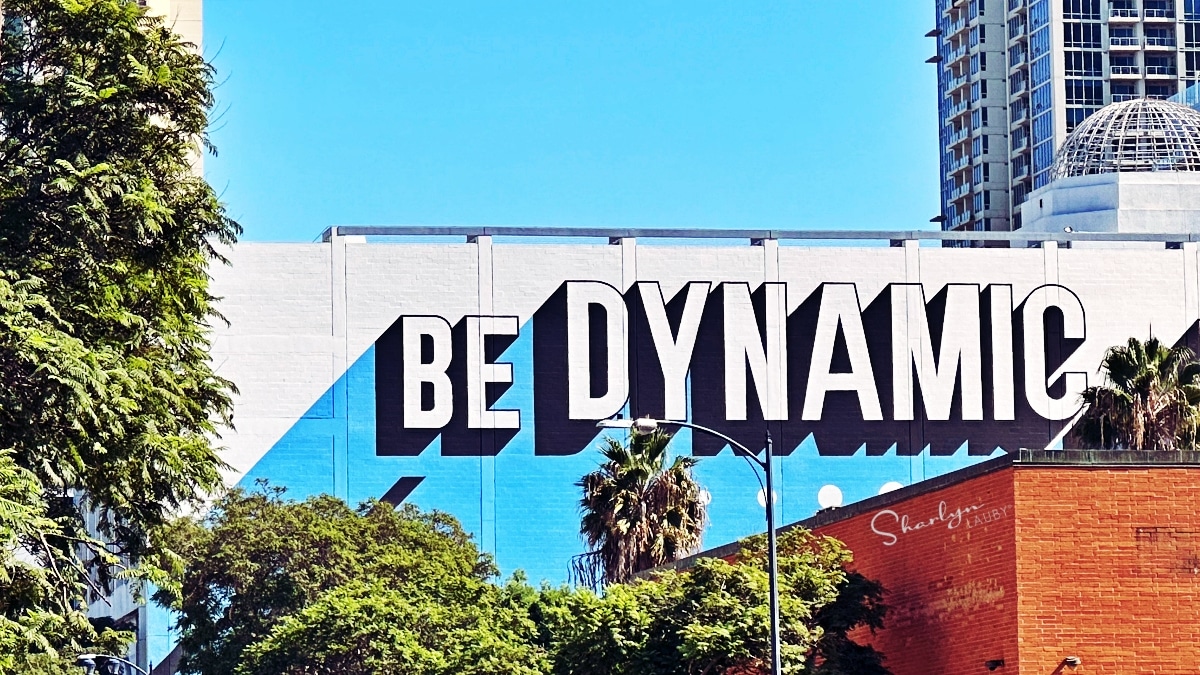The Renaissance, which means “rebirth,” was a cultural, intellectual, and artistic revival that began in Italy during the 14th century and spread across Europe until the 17th century. It marked a transition from the medieval period to the early modern age, emphasizing humanism, reason, scientific inquiry, and artistic expression. Renaissance Europe witnessed profound changes in education, art, literature, science, politics, and urban development, laying the foundation for modern Western civilization.
Historical Background
The Renaissance emerged after the Middle Ages, a period marked by feudalism, religious dominance, and limited intellectual growth. Several factors contributed to its rise:
- Economic Prosperity: The growth of trade, banking, and commerce in cities like Florence, Venice, and Genoa created wealth that funded art, architecture, and scholarship.
- Urbanization: Italian city-states became cultural hubs where merchants, scholars, and artists congregated, fostering exchange of ideas.
- Classical Heritage: Rediscovery of Greek and Roman manuscripts, architecture, and philosophy inspired new thinking in science, politics, and art.
- Political Structures: Independent city-states and courts patronized artists, architects, and scholars, encouraging innovation and creativity.
Humanism and Intellectual Revival
At the heart of the Renaissance was humanism, a philosophical movement that emphasized human potential, education, and individual achievement. Humanists studied classical texts in Latin and Greek, focusing on history, literature, ethics, and philosophy. Key figures included:
- Francesco Petrarch (Italy): Considered the father of humanism; emphasized classical learning and moral philosophy.
- Desiderius Erasmus (Netherlands): Advocated education and reform within the Church.
- Thomas More (England): Wrote Utopia, reflecting humanist ideals of social justice.
Humanism shifted focus from purely religious concerns to secular knowledge, civic responsibility, and the dignity of man, influencing education, politics, and the arts.
Art and Architecture
Renaissance art marked a radical departure from medieval styles, emphasizing realism, perspective, proportion, and emotion. Artists combined classical techniques with new scientific approaches to create works of lasting beauty.
- Leonardo da Vinci: Master of painting, anatomy, and engineering; works include Mona Lisa and The Last Supper.
- Michelangelo: Sculptor, painter, and architect; known for the Sistine Chapel ceiling and the statue of David.
- Raphael: Renowned for harmony and clarity in paintings, including The School of Athens.
Architecture in Renaissance Europe revived classical principles such as symmetry, columns, domes, and arches. Architects like Filippo Brunelleschi (dome of Florence Cathedral) and Leon Battista Alberti (palaces and churches) combined engineering skill with aesthetic principles. Cities incorporated plazas, civic buildings, and elegant streets, blending function with beauty.
Science and Discovery
The Renaissance also sparked the Scientific Revolution, emphasizing observation, experimentation, and rational thought. Scholars challenged traditional authority and sought to understand natural laws:
- Nicolaus Copernicus proposed the heliocentric model, challenging geocentric assumptions.
- Galileo Galilei advanced astronomy, physics, and the scientific method.
- Andreas Vesalius revolutionized anatomy with human dissections.
This intellectual awakening fostered curiosity and innovation, influencing navigation, engineering, medicine, and technology.
Urban Development and Planning
Renaissance cities reflected both cultural ambition and functional design. Urban planning emphasized order, symmetry, and aesthetics, departing from the cramped, irregular streets of medieval towns. Key characteristics included:
- Geometric Layouts: Streets and squares were often designed using grids, radial patterns, and axes inspired by classical ideals.
- Public Spaces: Piazzas became central to civic life, serving as venues for markets, ceremonies, and social interaction.
- Fortifications: Advances in artillery and military engineering led to improved city defenses, including angled bastions and fortified walls.
- Monumental Buildings: Churches, palaces, and civic structures dominated skylines, demonstrating wealth and cultural identity.
- Integration of Function and Beauty: Urban planning blended commerce, governance, religion, and residence with artistic and architectural excellence.
Cities like Florence, Venice, and Rome became models of urban sophistication, combining markets, palaces, cathedrals, and cultural institutions in coherent and aesthetically pleasing layouts.
Political and Economic Context
Renaissance Europe was characterized by independent city-states in Italy and emerging nation-states in Northern Europe. Wealthy merchant families, like the Medici of Florence, acted as patrons of the arts and humanist learning. Trade networks connected Italy with the Middle East and Northern Europe, facilitating the exchange of goods, ideas, and technologies.
The rise of capitalism, banking systems, and merchant guilds reshaped economic and social structures, empowering cities as centers of cultural and intellectual life.
Spread Beyond Italy
While the Renaissance began in Italy, it gradually spread to France, England, the Netherlands, Germany, and Spain. Each region adapted Renaissance ideals to local culture:
- Northern Renaissance emphasized religion, detailed realism in painting, and social reform, with artists like Albrecht Dürer and writers like Erasmus.
- England saw literary flourishing through William Shakespeare and architectural achievements in colleges and churches.
- France combined Italian-inspired architecture with its own courtly elegance, exemplified in the châteaux of the Loire Valley.
Legacy of the Renaissance
The Renaissance profoundly shaped modern Europe and the wider world:
- Art and Architecture: Set standards of beauty, proportion, and realism that continue to influence design.
- Science and Rational Thought: Paved the way for the Scientific Revolution and modern technology.
- Education and Humanism: Encouraged critical thinking, individual achievement, and the value of knowledge.
- Urban Planning: Inspired cities to combine functionality, beauty, and civic pride.
- Global Exploration: Intellectual curiosity contributed to voyages of discovery, expanding European influence worldwide.
Conclusion
Renaissance Europe was a period of extraordinary creativity, intellectual awakening, and urban sophistication. By reconnecting with classical heritage and embracing humanism, Europeans transformed art, science, politics, and city life. Renaissance cities combined aesthetic principles with practical planning, reflecting a society that valued beauty, reason, and civic engagement. The Renaissance remains a cornerstone of Western civilization, illustrating humanity’s capacity for innovation, exploration, and cultural achievement.




















